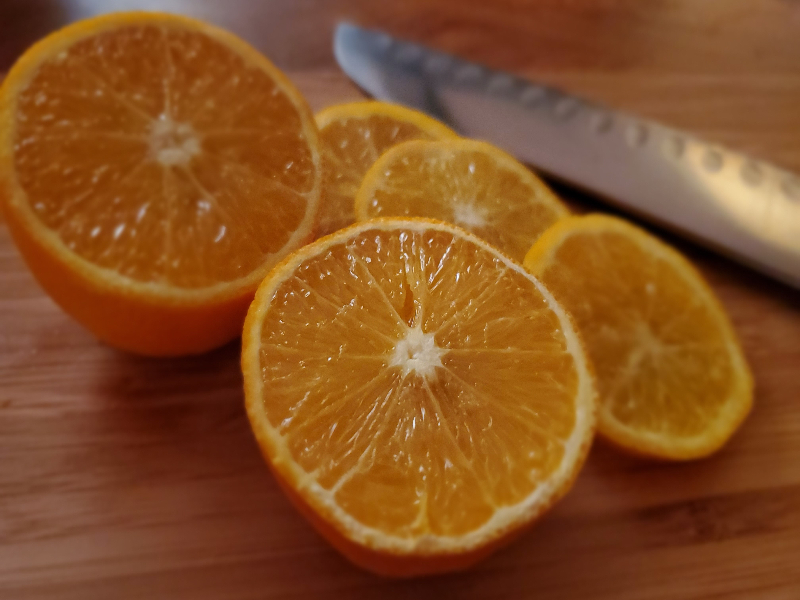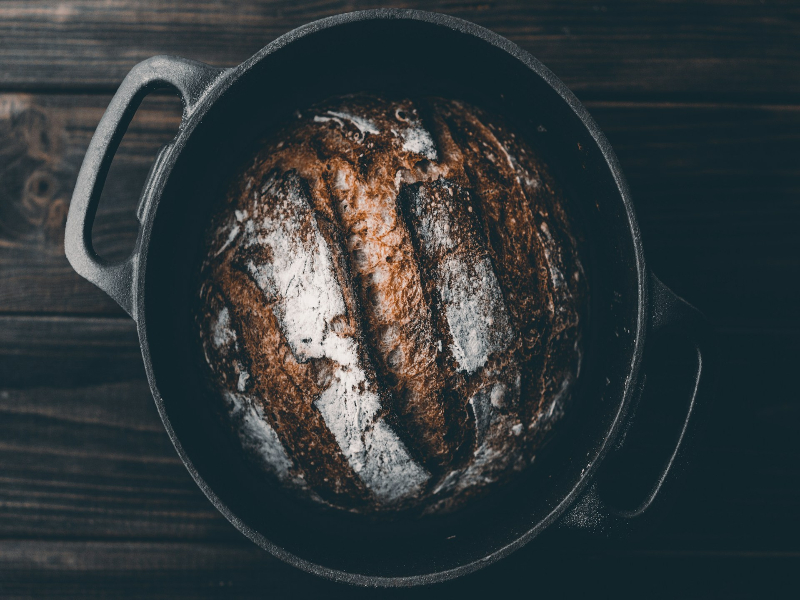
Celebrating Citrus
Can you indulge me for a moment? Close your eyes; picture orange, lemon, grapefruit and lime trees full of blossoms. Take in a breath and recall that scent.
If you’re lucky to have citrus trees in your yard or neighborhood, the aroma that perfumes the air is just heavenly. Now’s the time to reap the rewards of the flowers and thank the bees for doing their part, too. It’s local citrus season!
Year-round, citrus varieties ripe for the plucking fill our neighborhood produce sections. When I harvest my small bounty, it’s a reminder citrus used to be king in Arizona – a cash crop as one of the 5 Cs along with cattle, copper, cotton and climate.
Did you know Arizona is one of just four states producing citrus? California, Florida and Texas are the others. According to the Arizona Department of Agriculture, in 2017, harvested citrus fruit accounted for $55.5 million of the $23.3 billion agricultural contribution to the state’s economy.
A Live Science magazine article said archaeobotanist Dafna Langgut of Tel Aviv University, using ancient texts (not the phone kind), murals, coils and other artifacts combined with fossil pollen, charcoals, seeds, and other fruit remains, traced the fruit’s route from Southeast Asia to the Mediterranean.
By the 3rd and 2nd centuries B.C., citron (an original citrus species) reached the western Mediterranean from the Levant (a stretch of land bordering the Mediterranean in southwestern Asia – the historical region of Syria, which includes present-day Israel, Jordan, Lebanon, Palestine, Syria and most of Turkey southwest of the middle Euphrates), where in Jerusalem, a 2,500-year-old fruit was found in a Persian-style garden.
In the 18th century, Spanish settlers brought citrus to Arizona. In 1887 in Phoenix, the first commercial orange grove was planted near Camelback Mountain. By 1888, there were more growers, with 22,000 trees planted. In 1894 on the Clayson ranch on McDowell Road, grapefruit growing began on 20 acres. In 1962, Maricopa County had 14,876 acres of citrus.
In 1892, citrus planting began in Yuma with 20 acres on the mesa, just south of the city. Planting was at a standstill until the U.S. Bureau of Reclamation completed the canals and pumps that brought water to the area. The recovery of additional land on the mesa and in the Wellton area after World War II provided opportunities for new groves; by 1962, the acreage increased to 17,600 – about 6,000 acres of lemons and 9,000 acres of Valencia oranges.
In 1920, citrus research began at the University of Arizona Agricultural Experiment Station on the Yuma Mesa Experiment Farm. The program grew to include variety tests, fertilizer and irrigation experiments, pathological investigations and rootstock trials. Today, the Yuma Agricultural Center hosts research and programs on plant physiology, crop production, insect biology and control, disease biology and control, weed ecology, soil and water management, fate and transport of environmental contaminants, food safety, and agricultural mechanization. There are two farming sites: the 240-acre Mesa Farm focusing on citrus production and 247-acre Valley Farm of a diversified range of crops, including cotton, small grains, and such vegetables as lettuce and broccoli.
Classes
As they say in New Orleans, “laissez les bons temps rouler,” let the good times roll before the 40 days of Lent begin. On Fat Tuesday, February 21, join beloved and acclaimed Chef Jim Murphy, who always brings his kitchen magic to let the good times roll.
Chef Jim created two new recipes for this hands-on class: Turkey and Andouille Gumbo and Praline Bread Pudding. The official state cuisine of Louisiana, gumbo features the Creole “holy trinity” ― celery, bell peppers and onions.
Wishing you joy in the kitchen,
Michele
Baked Oranges
Yield: 8 servings
8 large oranges
½ cup granulated sugar
8 teaspoons unsalted butter
1. Wash oranges and grate slightly the skin of each. Place oranges in a large pot, cover with water and boil 30 minutes. Drain and cool.
2. When cool enough to handle, cut off a small slice at the blossom end and remove core. Put 1 tablespoon of sugar and 1 teaspoon of butter in the center of each orange. Place in a buttered baking dish, fill ⅔ full of water, cover dish and bake in a 350° oven for 2 hours. Serve with meat or poultry.





